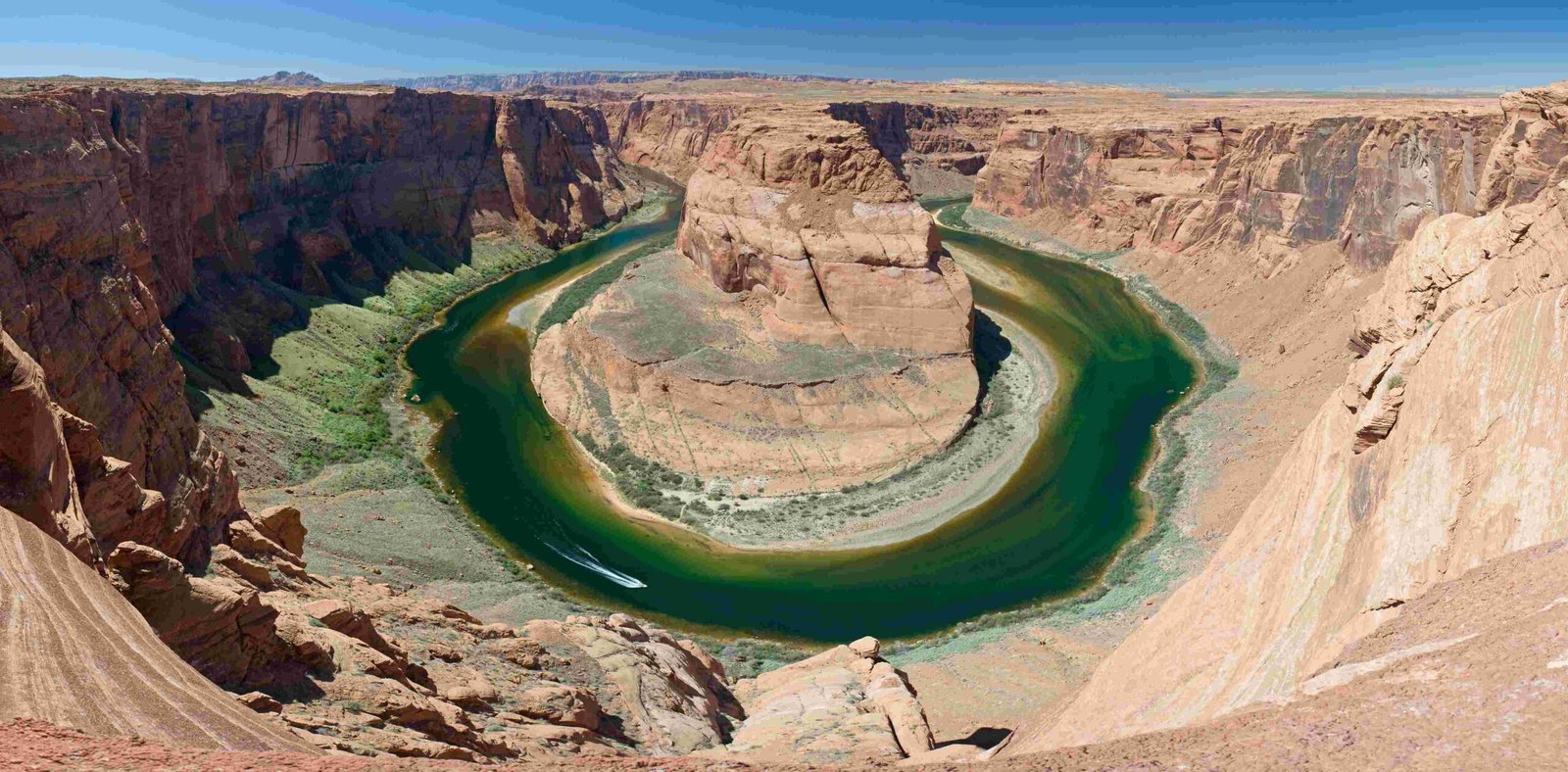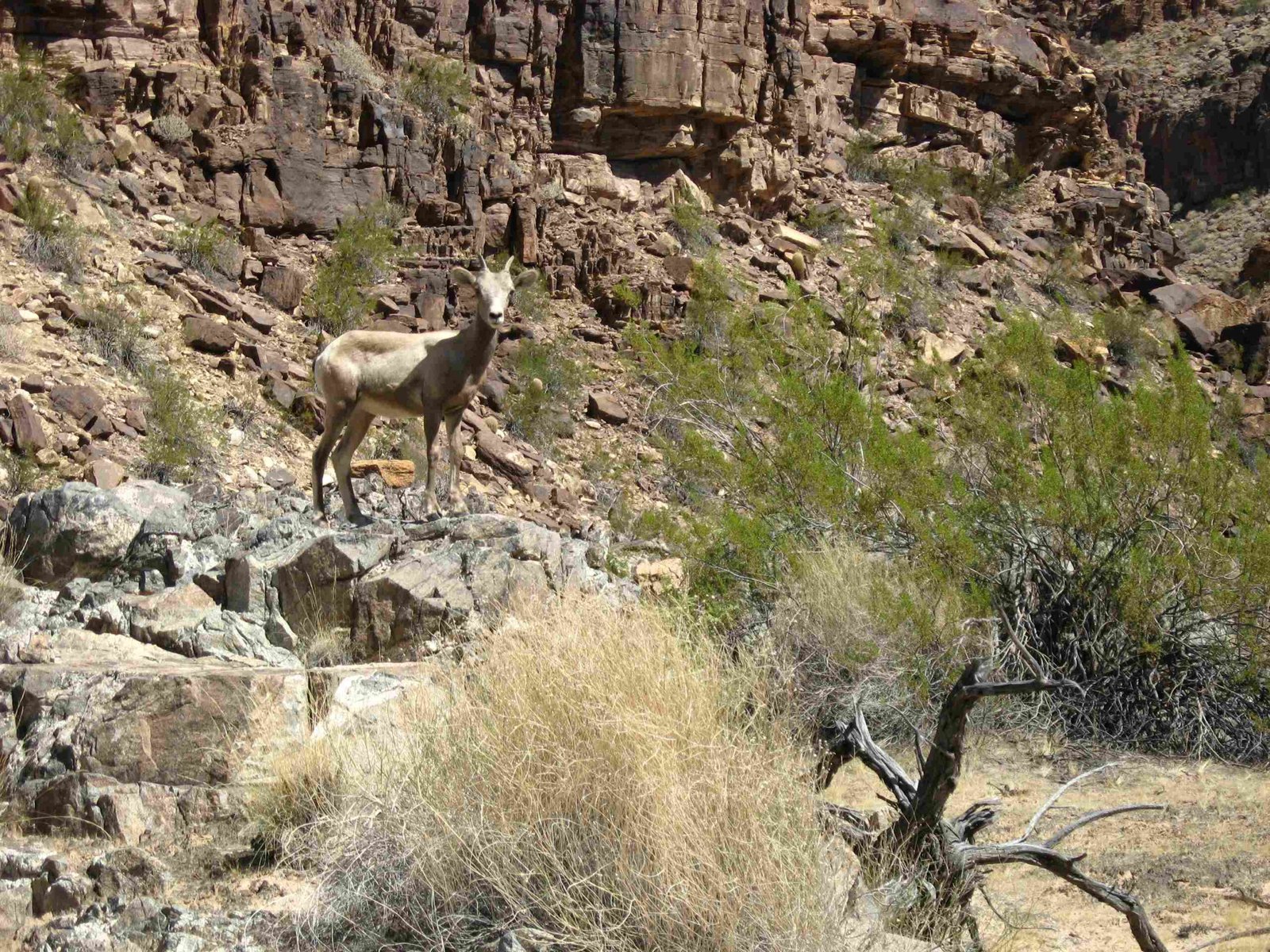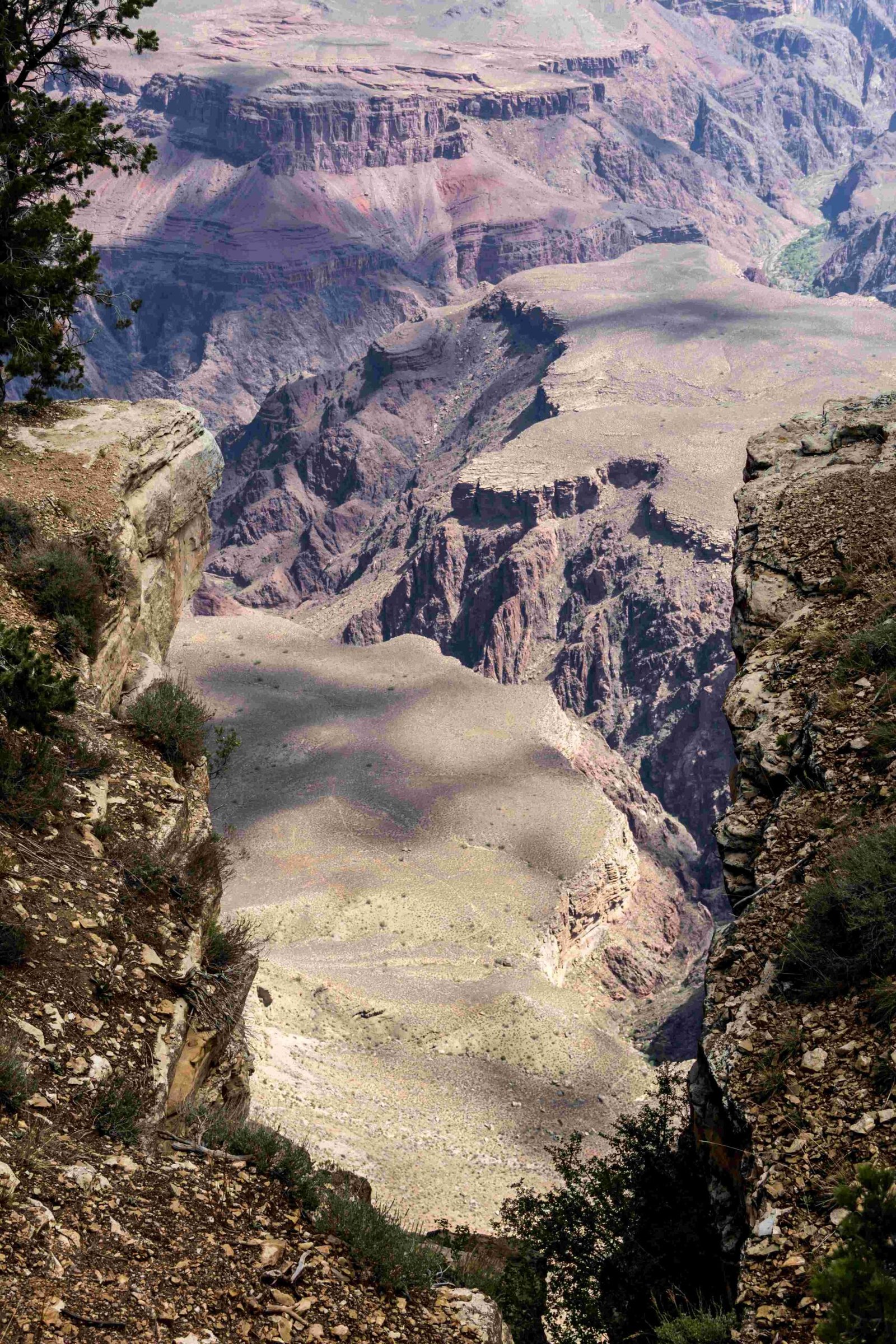The Desert View East Entrance of Grand Canyon represents a mesmerizing gateway to one of America’s most iconic natural landscapes, offering visitors an extraordinary portal into geological wonder. Located on the South Rim, this entrance provides unparalleled access to panoramic canyon vistas, historic Native American cultural sites, and an immersive experience in one of the world’s most spectacular natural environments.
What Makes Desert View East Entrance Unique?

The Desert View East Entrance stands apart from other Grand Canyon access points through its distinctive features and rich historical significance. Unlike the more crowded Grand Canyon Village, this entrance offers a more serene and authentic exploration experience.
Where Can Visitors Enter the Grand Canyon?
Visitors can enter the Grand Canyon through the Desert View East Entrance, which is strategically located approximately 25 miles east of Grand Canyon Village. The entrance provides immediate access to several remarkable attractions:
- Desert View Watchtower
- Scenic overlooks
- Visitor center
- Campground facilities
What Historical Significance Exists at Desert View?
The Desert View area boasts profound historical importance, particularly through the iconic Desert View Watchtower. Constructed in 1932, this 70-foot tall structure represents a remarkable architectural tribute to Ancestral Puebloan design.
| Feature | Details |
|---|---|
| Tower Height | 70 feet |
| Construction Year | 1932 |
| Architectural Inspiration | Native American (Ancestral Puebloan) |
| Accessibility | Open daily |
How to Navigate Desert View Drive?
Desert View Drive, spanning approximately 25 miles, offers an extraordinary scenic route with multiple breathtaking viewpoints:
- Navajo Point: Highest South Rim viewpoint (7,461 feet)
- Lipan Point: Exceptional canyon perspectives
- Moran Point: Stunning geological formations
- Grandview Point: Historic hiking trail access
- Tusayan Museum: Cultural and archaeological insights
What Facilities Exist at Desert View?
The Desert View area provides comprehensive visitor amenities:
- Visitor Center
- Restroom facilities
- Gift shop
- Restaurant
- Gas station
- Campground
- Information desk
When is the Best Time to Visit?
While the Desert View East Entrance is accessible year-round, optimal visiting periods include:
- Late spring (May-June)
- Early fall (September-October)
- Mild temperatures
- Less crowded conditions
- Optimal photographic lighting
What Photography Opportunities Exist?
Photographers will discover extraordinary opportunities, particularly during:
- Sunrise
- Sunset
- Golden hour lighting
- Seasonal color variations
- Dramatic geological formations
How to Prepare for Your Visit?
Essential preparation recommendations include:
- Bring water
- Wear comfortable walking shoes
- Pack layers
- Carry sun protection
- Bring camera
- Check current park conditions
What Wildlife Might You Encounter?
The Desert View area hosts diverse wildlife, potentially including:
- Mule deer
- California condors
- Elk
- Various bird species
- Small desert mammals
Final Insights

The Desert View East Entrance offers an unparalleled Grand Canyon experience, combining natural beauty, historical significance, and accessible exploration opportunities for travelers of all backgrounds.

